Amazon PPC has now become one of the most competitive digital advertising ecosystems in the market. Most of the sellers are now facing difficulties due to high CPCs and aggressive competition all across the niche, which leads to shrinking margins and ends up with their net profits being compromised. The biggest mistake behind this is that most of the sellers spend blindly on ads without a proper strategy or due to some misguidance or lack of actionable insights, while the smartest brands know that the secret to success is not just running ads, in fact it is about developing a full plan-to-action strategy for your brand and integrating your PPC strategy across campaigns, data sources, and brand goals.
In this detailed blog, we will uncover the right strategy for any brand to lower their ad costs and achieve a higher conversion rate compared to the market. By the end of this blog, you will not only understand how the Amazon PPC algorithm works but also walk away with practical steps to maximize ROI and strategically grow your brand.
Want to stand out in the competitive marketplace of Amazon? Our Amazon PPC experts help you in increasing the conversion rates of your products and maximizing your profits. Book your FREE Amazon PPC consultation today!
Table of Content
- The Problem With Improper PPC Strategies
- Understanding the Amazon PPC Basic Terminologies
- Start With Solid Keyword Research
- Optimize Your Product Listing for Higher Conversion Rates
- Structure Your Campaigns the Smart Way
- Master Bid Optimization
- Add poor performing search term in Negatives
- Focus on Sponsored Brands and Sponsored Display Ad Type
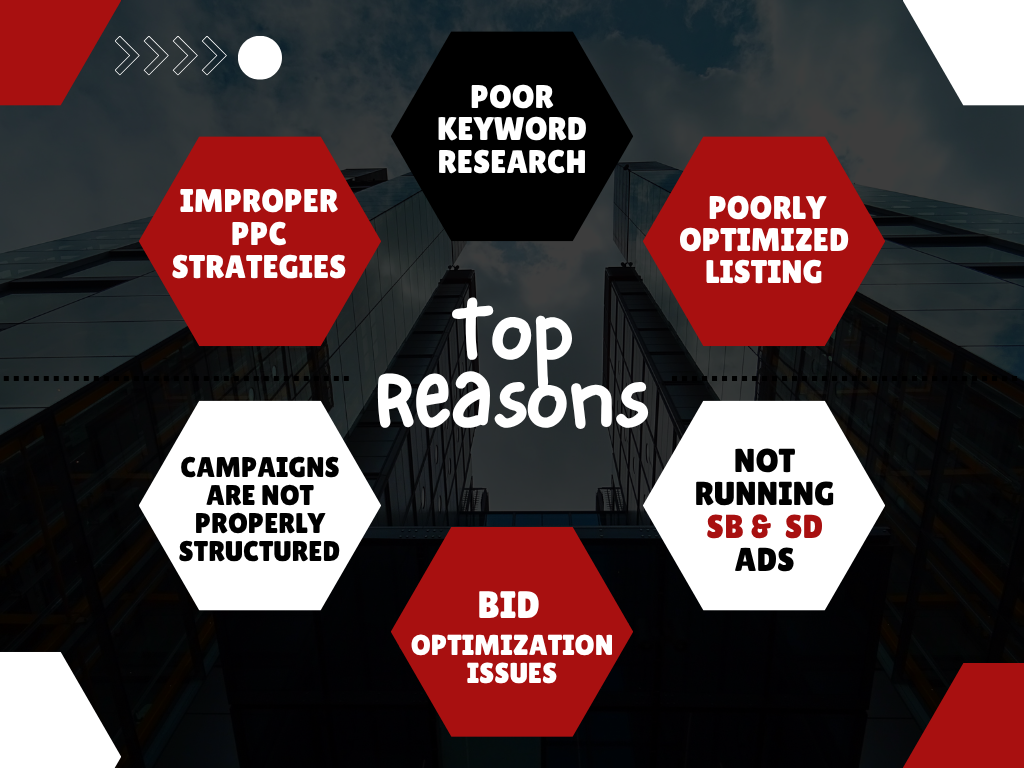
1. The Problem With Improper PPC Strategies
Most Amazon sellers and even agencies make the same mistake, they treat campaigns in isolation.
- Sponsored Products Campaigns are used only for keyword targeting.
- Sponsored Brands Ads are either not utilized properly or if they are used, then they are run without any goals or plans.
- Sponsored Display Ads are completely ignored.
- They are not even running, or if they are running, then they are not properly utilizing the potential of the most basic campaigns like the Brand Defense, Competitor Targeting Campaigns, Catch-All Campaigns, and Research Campaigns.
- Improper Campaign Nomenclature which leads to poor optimization of campaigns.
Click here if you want to learn more about Amazon PPC Basics and Launch Strategy
Click here if you want to learn more about Amazon PPC Optimization Strategy for Established Amazon Brand
This fragmented approach leads to:
- Higher CPCs: You are only focusing on the main keywords exact match targeting and not utilizing other campaign types, which leads to high CPCs of your overall account.
- Poor Conversion Rates: Your ads don’t align with shopper intent at each stage of the funnel. Or, if you are showing your ads on the top high search volume keywords in the start and your listing doesn’t have enough social proof at that time, then you will end up getting poor conversion rates for your product.
- Wasted Spend: Due to running ads without any proper strategy or plan, your listing will get poor conversions, and all your efforts and spending will be wasted.
Now let’s do a quick start from basics, then move towards developing a full strategy to lower down your ad costs and keep your conversion rates higher in the market.
2. Understanding the Amazon PPC Basic Terminologies
Before diving into technical tactics, let’s give a quick introduction about the metrics Amazon has provided to sellers so that they can evaluate performance effectively:
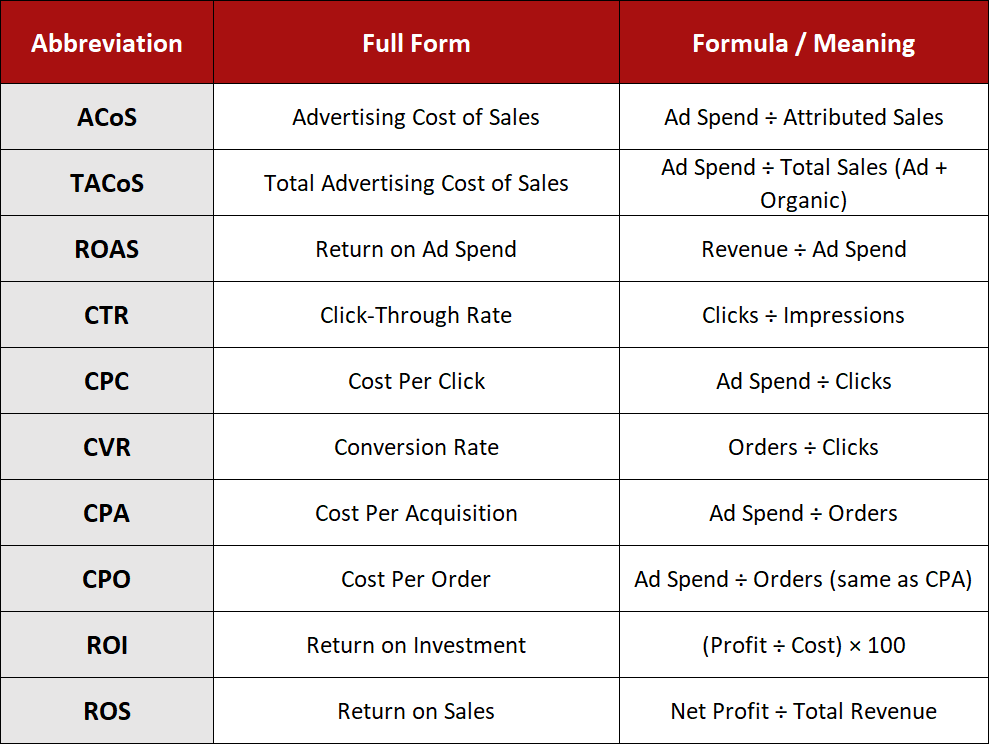
Lower ad costs and higher conversions are achieved when:
- You establish a strong conversion rate for your product.
- Your listing has received a good amount of social proof.
- Ads generate organic rank improvements (lower TACoS).
This means the real secret is balancing optimization across CPC, CTR, CVR, and TACoS simultaneously.
3. Start With Solid Keyword Research
Most sellers waste money by targeting the wrong keywords or targeting keywords without proper research and analysis. A well-researched keyword strategy is the actual foundation of your PPC Campaigns.
a) Identify High-Intent Keywords
- Focus on high search volume design-specific keywords in the start, as the conversion rate is pretty much engaging on the design-specific keywords.
- Use tools like Helium 10, Jungle Scout, or Amazon Brand Analytics to find terms with strong search volume but manageable competition.
- Look for buyer intent signals: words like buy, best, cheap, top-rated, for [specific use] often indicate stronger conversion potential.
b) Eliminate Wasted Keywords Early
- Continuously add negative keywords to block irrelevant traffic.
- Monitor Search Term Reports to cut out spend on keywords with low conversions.
c) Balance Auto and Manual Campaigns
- Use Auto campaigns for discovery but refine winners into Manual campaigns with exact match targeting.
- This gives you better control over CPC and relevance.
Secret Tip: If you’re in a competitive niche, start with mid- to long-tail keywords, they are cheaper and often convert better because intent is higher.
4. Optimize Your Product Listing for Higher Conversion Rates
Even the best keyword targeting won’t lower costs if your listing fails to convert. Always remember that PPC can just drive the relevant traffic to your listing, but the whole game of conversion depends upon how well your listing is equipped with the right attributes, clearly highlighting the unique features of your product, and showing how your product is better than your competitors.
a) Compelling Title and Bullets
- Place main keywords in the title in a naturally engaging way, and also target these keywords through exact match PPC campaigns so that both SEO and PPC contribute to giving a ranking boost on a particular keyword.
- Use bullet points to highlight the value your product adds to your customer’s life by mentioning all the benefits and unique features.
b) Images and A+ Content
- The main image of your product is the attribute that contributes most to affecting the click-through rate and conversion rate. Compare your main image with the top competitors’ main images and try to make a more compelling and engaging one.
- Use high-resolution lifestyle images in the secondary images and A+ Content of your product, showing the product in use and highlighting its key benefits.
- Add infographics and charts to highlight differentiators and unique factors of your product, and show why customers should choose your product over competitors.
c) Reviews and Social Proof
- Conversion rates will definitely increase once you have a good number of reviews with an average rating above 4.3 stars.
- If you are just starting, then use Amazon’s Vine Program or request reviews from Amazon Vine customers before officially launching your product.
The weightage of each attribute in contributing to keyword ranking is shown below
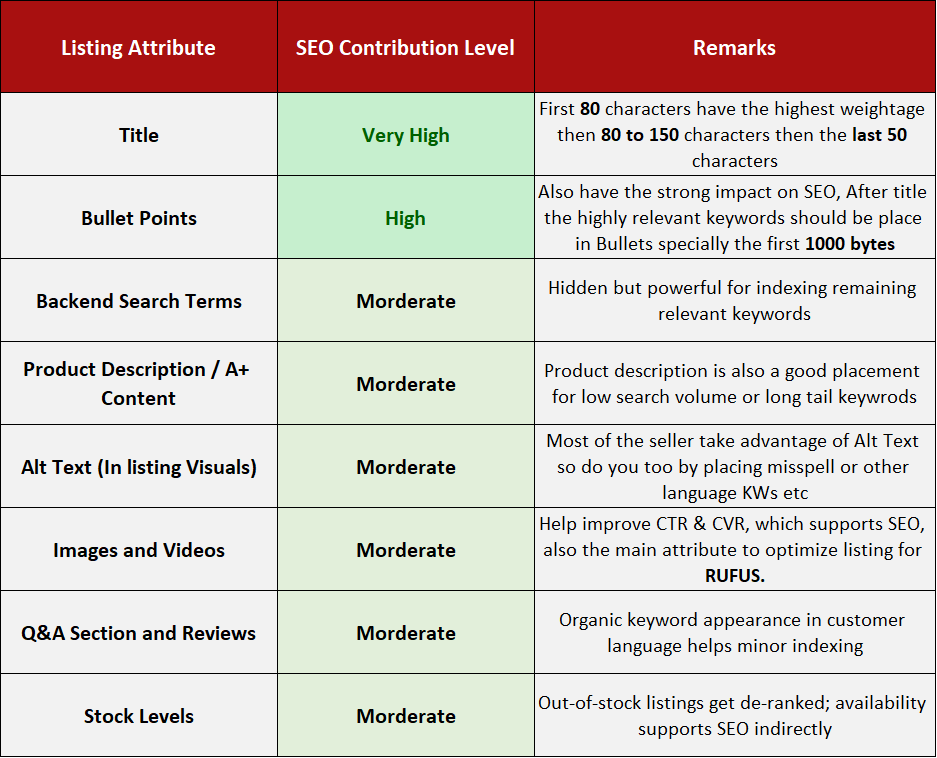
Looking for expert help with your Amazon listing optimization? Reach out to our team and we’ll craft a strategy tailored for your brand.
5. Structure Your Campaigns the Smart Way
Campaign structure is one of the key steps in scaling and optimizing your PPC portfolio on Amazon. If you don’t approach it with a proper strategy, most of your spend will go to waste, and you won’t be able to effectively optimize your campaigns.
a) Segment by Match Type
- Create separate campaigns for Exact, Phrase, and Broad matches—do not mix them all in a single campaign. The most important thing is to make sure there’s no keyword cannibalization across your campaigns.
- This approach prevents ineffective budget allocations and poor optimization. When you have separate campaigns for different goals, you can manage and optimize them much more effectively.
b) Organize by Product Group
- Don’t dump 50 keywords or ASINs into one ad group. Instead, segment by product variation (size, color, or bundle) and divide keywords into multiple intents. Then, create separate groups of campaigns for each intent.
- If you have multiple ASINs or product lines, you don’t need to advertise every single ASIN. Also, avoid adding all your ASINs into a single campaign—it becomes difficult later to identify which products are performing best. Instead, advertise your best performers, not all of them.
c) Create Campaigns Across All Types
- Build a portfolio of campaigns that includes different strategies and covers all match types. If you want to learn more about the essential campaigns you need to dominate the market, check out our latest blog on the topic.
- Also, make sure to follow proper nomenclature across all your campaigns. This makes future optimization much smoother and more effective.
6. Master Bid Optimization
Your bids directly control CPC, and CPC controls ad cost so you must learn the art of bid management for your campaigns.
a) Bid Adjustment
- One thing to keep in mind when adjusting your bids or placements is that you should not focus only on your bid amount—always check the CPC (Cost Per Click). Sometimes the CPC is significantly lower than your applied bid.
- For example, let’s say you have your bid set at $1 (Down Only) with a 20% Top of Search (TOS) placement adjustment, and you are getting a CPC of $0.85 on TOS with a high ACOS. In this case, you don’t need to reduce the placement percentage by 15%. Instead, you need to bring down the CPC by about 10–15%.
- To do this, you should reduce your base bid by around 40%, which will bring it down to $0.60. With the 20% TOS placement adjustment, Amazon will allow a maximum bid of $0.72—which is about 10–12% lower than your current CPC.
b) Placement Adjustments
Placement percentages play a very important role in the overall performance of your campaigns.
- Keyword Targeting Campaigns:
You should add strong TOS placement percentages so Amazon allows your ads to appear at the top of the search results, even if it means charging a higher CPC. - Product Targeting Campaigns:
For these, you should increase Product Page placements so that Amazon positions your ads at the top of competitors’ product detail pages. - Research Campaigns (Auto/Broad/Phrase):
In these campaigns, it’s often best to set moderate percentages for TOS and Rest of Search (ROS), and sometimes also for Product Pages (PP), depending on how the campaign is performing
7. Add poor performing search term in Negatives
One of the fastest ways to lower ad costs is cutting out irrelevant traffic.
- Add negatives on a weekly basis by analyzing your search term report. Insert a pivot table and review all the search terms that generated high spend but resulted in zero orders.
- Block the ASINs where you’ve spent significantly but haven’t received any orders.
- Use Exact Match negatives to block costly terms, and apply Negative Phrase if the root of a poor-performing search term has no relevance to your product in any way.
8. Focus on Sponsored Brands and Sponsored Display Ad Type
Most sellers rely only on Sponsored Products. But diversifying your ad portfolio helps both costs and conversions.
a) Sponsored Brands Video (SBV)
- CPCs are often lower than Sponsored Products, and conversions are usually good on video ads if your product video is capable enough to hold the viewer’s attention and clearly highlight the unique and problem-solving features of your product.
If you want to learn more about how to use Video Content to boost Amazon Conversion Rates, then check out our detailed guide on it.
b) Sponsored Brands HSA Ad
- Sponsored Brand HSA Ads are one of the most effective ways to increase brand awareness among your customers.
- Due to their ideal ad placement, which is the topmost spot on Amazon search results, you might get higher conversion rates compared to your Sponsored Product Campaigns.
If you want to learn more about Amazon Sponsored Brand Ads, then check out our latest blog on Everything You Need to Know About Amazon Sponsored Brands PPC Ads.
b) Sponsored Display (SD)
- Sponsored Display is one of the most overlooked ad types on Amazon. But if you start running campaigns through Sponsored Display with the right strategy, then you can easily target those audiences or categories which you are unable to reach through Sponsored Products and Sponsored Brands campaigns.
If you want to learn more about Sponsored Display Ads, then check out our detailed guide on Amazon PPC Sponsored Display Ads Strategies
Final Thoughts: Smarter Ads, Not Just Cheaper Ads
The secret to lowering ad costs and boosting conversions isn’t about cutting budgets. It’s about running smarter, more efficient campaigns.
Amazon PPC is no longer about who spends the most. It’s about who spends the smartest. If you implement even a few of the strategies outlined in this guide, you can easily slash wasted spend, lower CPCs, and turn more clicks into customers and play ahead of 80% of sellers who still run campaigns on autopilot in the Amazon Marketplace.
Looking for a long-term Amazon PPC partner who can scale your brand with smarter strategies? Contact our team today and let’s discuss how we can help you dominate your niche.

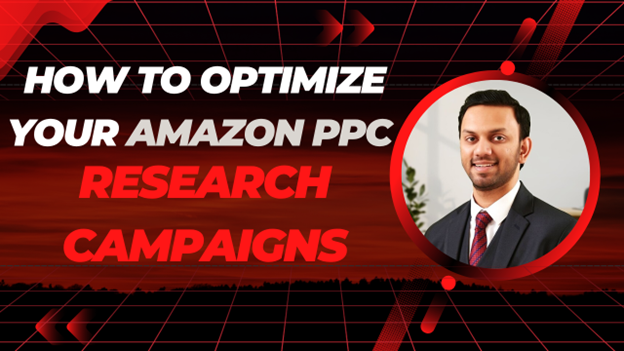
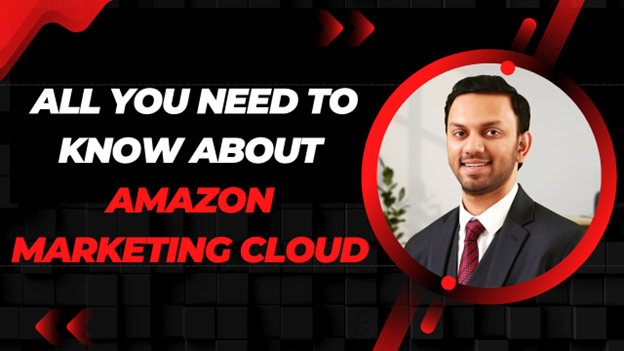

.avif)
.svg)


.png)
.jpg)
.svg)







